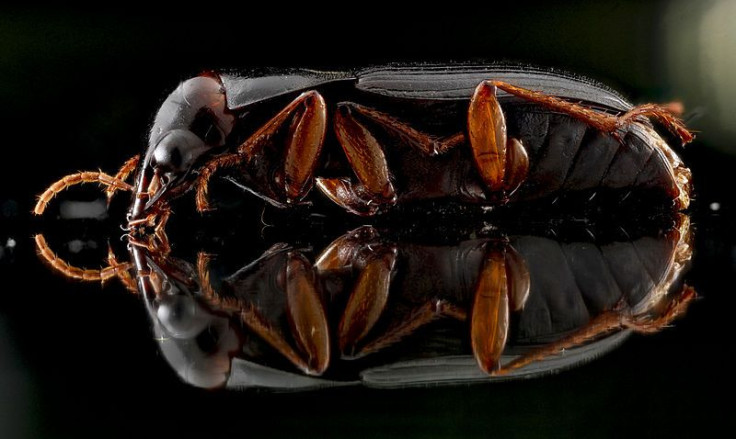Beetles For Breakfast? UN Says Eating Insects Could Solve World Hunger

At the International Conference on Forests for Food Security and Nutrition José Graziano da Silva, the director-general of the Food and Agriculture Organization (FAO) of the United Nations, said insects, which form part of the traditional diets of at least two billion people, are a major and readily available source of nutritious and protein-rich food.
Graziano da Silva is attending the conference today in Rome to launch FAO's newest study, "Edible insects: Future prospects for food and feed security." The study suggests that insect gathering and farming can offer employment and cash income, for now mostly at the household level but also potentially in industrial operations. "Wild animals and insects are often the main protein source for people in forest areas, while leaves, seeds, mushrooms, honey and fruits provide minerals and vitamins, thus ensuring a nutritious diet," said Graziano da Silva.
According to FAO's research, done in partnership with Wageningen University in the Netherlands, more than 1,900 insect species are consumed by humans worldwide.
Globally, the most consumed insects are: beetles (31 percent); caterpillars (18 percent); bees, wasps and ants (14 percent); and grasshoppers, locusts, and crickets (13 percent). Many insects are rich in protein and good fats and high in calcium, iron, and zinc. Beef has an iron content of 6 mg per 100 g of dry weight, while the iron content of locusts varies between eight and 20 mg per 100 g of dry weight, depending on the species and the kind of food consumed by the locusts.
"We are not saying that people should be eating bugs," said Eva Muller, director of FAO's Forest Economic Policy and Products Division. "We are saying that insects are just one resource provided by forests, and insects are pretty much untapped for their potential for food, and especially for feed," she explained.
Because they are cold-blooded, insects don't use energy to maintain body temperature. On average, insects use just 2 kg of feed to produce 1 kilo of insect meat. Cattle, on the other hand, require 8 kg of feed to produce 1 kg of beef. In addition, insects produce a fraction of emissions such as methane, ammonia, climate-warming greenhouse gases, and manure, all of which contaminate the environment. Although the majority of consumed insects are gathered in forest habitats, mass-rearing systems are being developed in many countries.
For instance, some species, such as meal worms, are already produced at commercial levels since they are used in niche markets such as pet food for zoos and for recreational fishing. If production were to be further automated, this would eventually bring costs down to a level where industry would profit from substituting fishmeal, for example, with insect meal in livestock feed. The advantage would be an increase in fish supplies available for human consumption.
However, legislation in most industrialized nations forbids the actual feeding of waste materials and slurry or swill to animals, even though this would be the material that insects normally feed on. Further research would be necessary, especially with regard to the raising of insects on waste streams. But it is widely understood by scientists that insects are so biologically different from mammals that it is highly unlikely that insect diseases could be transmitted to humans.
Regulations often also bar using insects in food for human consumption; yet the practice is growing among some more adventurous food stores and restaurants in developed countries.
Food safety standards can be expanded to include insects and insect-based products. As with other types of food, hygienic production, processing, and food preparation will be important to avoid the growth of bacteria and other micro-organisms that could affect human health. Quality control standards along the production chain would help create consumer confidence in food or feed containing insects or derived from insects.
"The private sector is ready to invest in insect farming. We have huge opportunities before us," said Paul Vantomme, one of the authors of the report. "But until there is clarity in the legal sphere, no major business is going to take the risk to invest funds when the laws remains unclear or actually hinders development of this new sector," he explained.
van Huis A, Van Itterbeeck J, Klunder H, Mertens E, Halloran A, Muirand G, Vantomme P. Edible insects: Future prospects for food and feed security. FAO Forestry Paper 171. 2013. http://www.fao.org/docrep/018/i3253e/i3253e.pdf. Accessed May 13, 2013.



























